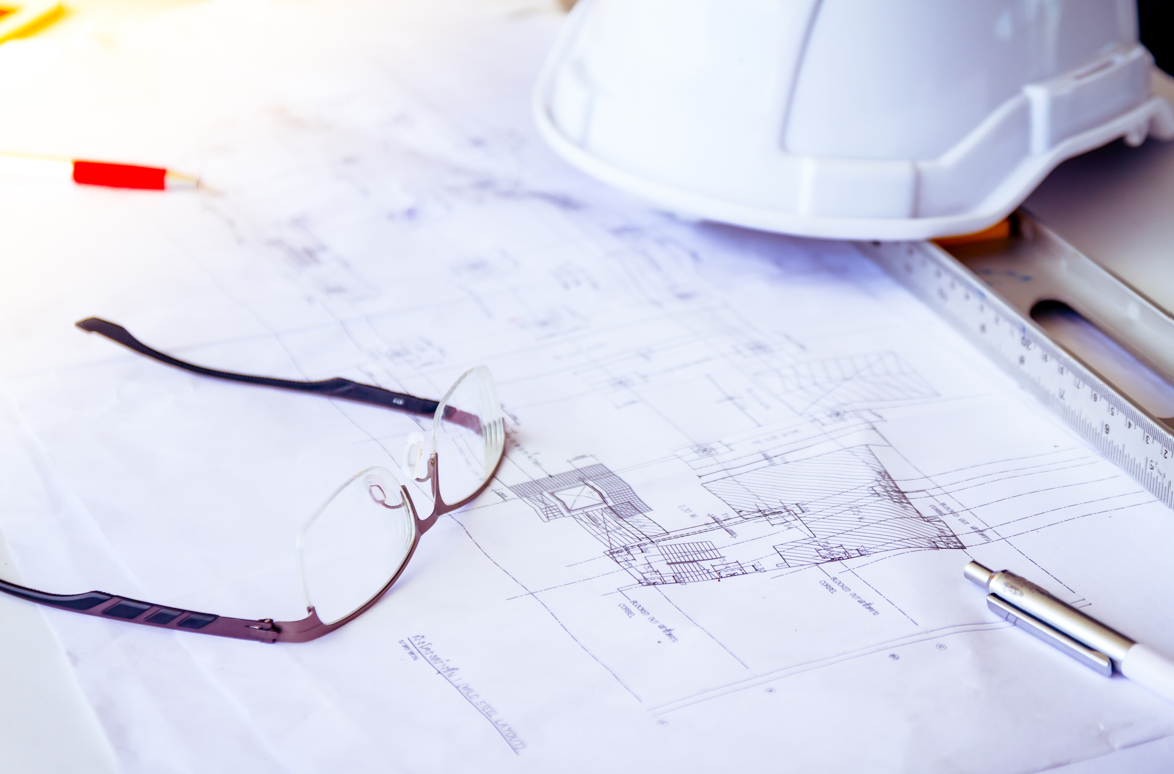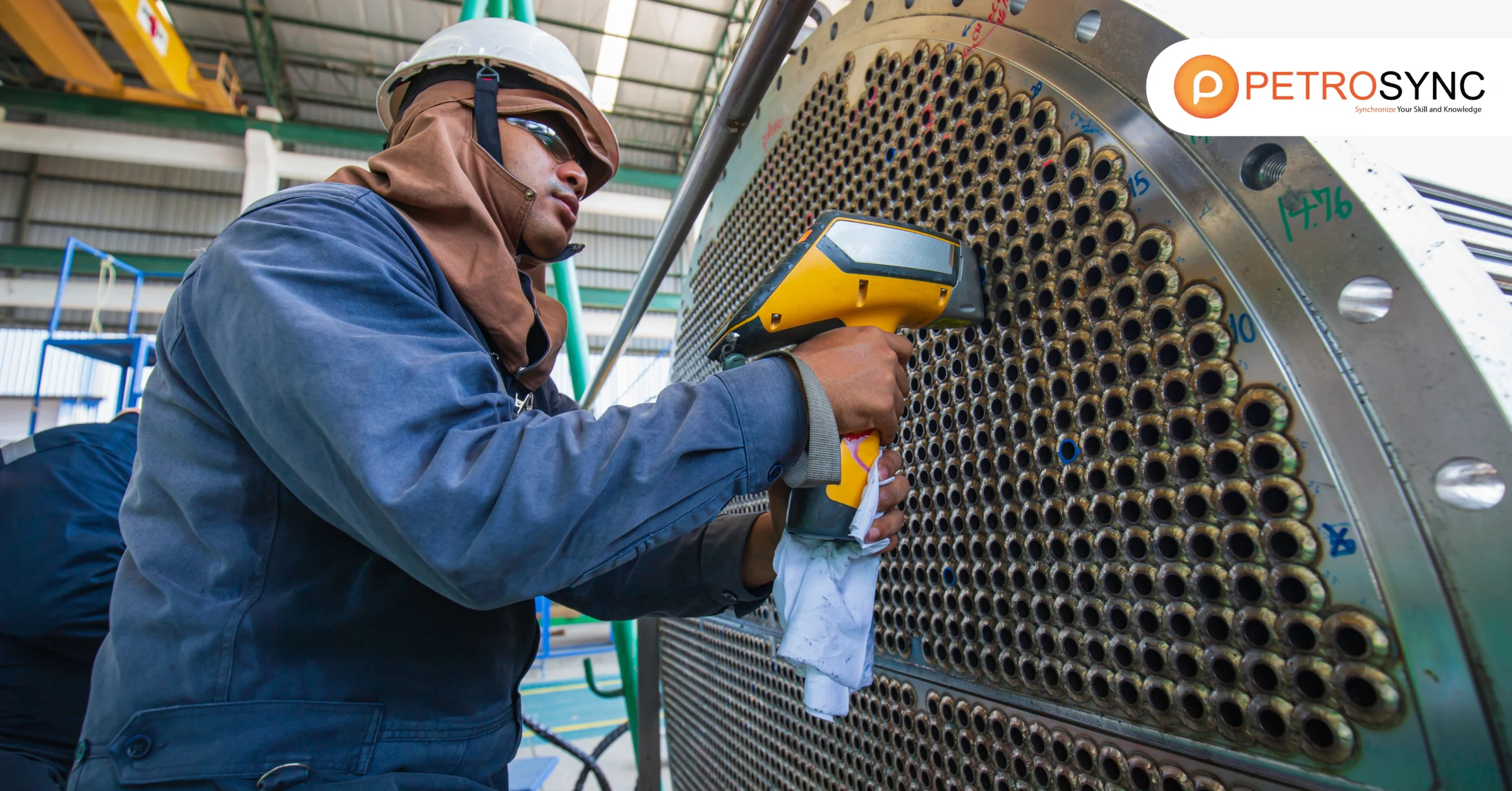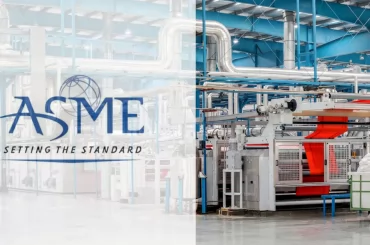In industries like oil and gas, petrochemicals, petroleum, and energy, piping designer is crucial. They’re responsible for planning and creating piping systems, which are vital for these complex infrastructures to function smoothly. This article will explain what piping designers do and discuss the important skills and strategies they need to succeed in their roles.
What Does a Piping Designer Do?
A piping designer combines technical expertise with creativity to draft plans and drawings for the construction, operation, and layout of piping systems. They design the layout and dimensions of pipes, considering factors like safety, efficiency, and regulatory requirements. Their drawings guide construction teams in building and installing piping systems accurately and effectively.
Additionally, piping designers collaborate closely with engineers and project managers to ensure that the piping systems meet project objectives and specifications. They may also utilize computer-aided design (CAD) software to create and modify their designs, keeping up with technological advancements in the field. Overall, their role is crucial in the creation of functional and efficient piping infrastructures across various industries.
How Is The Work Environment of Piping Designers?
The work environment of piping designers can vary depending on whether they are in the field or in the office.
In the field, piping designers may find themselves working in challenging conditions, such as industrial plants or construction sites. They might need to navigate through tight spaces, work at heights, or endure varying weather conditions. Additionally, they may interact with other professionals, such as engineers, construction workers, and safety personnel, to ensure the proper installation and functioning of piping systems.
In the office, piping designers typically work in a more controlled environment. They spend their time utilizing computer-aided design (CAD) software to create and modify piping system designs. This may involve long hours of focused work at a desk or workstation. They also collaborate with colleagues, such as engineers and project managers, to discuss project requirements, review designs, and address any issues that arise during the design process. Overall, whether in the field or office, piping designers play a crucial role in the creation and maintenance of essential infrastructure.
Are Piping Designers in Demand?
Yes, piping designers are often in demand, especially in industries such as oil and gas, petrochemicals, and energy. As these industries continue to expand and evolve, the need for skilled professionals who can design and maintain piping systems remains high.
According to Zippia, piping engineer jobs are indeed in demand. The demand for piping engineers is projected to grow by 2% from 2018 to 2028. This growth trend underscores the ongoing need for skilled professionals in this field, reflecting the continued importance of piping systems across various industries.
As infrastructure development and renovation projects persist, the demand for piping designers is expected to remain robust, presenting promising opportunities for individuals pursuing careers in this specialized field.
How Much Piping Designer Can Earn?
The salary of a piping designer can vary depending on factors such as location, experience, and industry demand. In the United States, indeed.com specified that the average hourly wage for a piping designer is $46.92, based on 779 reported salaries as of February 10, 2024. On the other hand, in Malaysia, the average monthly salary for a piping designer is RM 4,928, based on 24 reported salaries as of January 29, 2024.
One reason for the difference in salaries between locations could be the cost of living and economic conditions in each country. In the United States, higher wages may be offered to compensate for a higher cost of living and expenses such as healthcare and housing.
Additionally, industries in different countries may have varying levels of demand for piping designers, which can also impact salary levels. Overall, factors such as geographic location, industry demand, and economic conditions contribute to the variation in piping designer salaries across different regions.
How to Become a Piping Designer?
Embarking on a career path as a piping designer requires a blend of academic preparation, practical experience, and technical proficiency. From acquiring the necessary education to honing specialized skills, this guide outlines the steps needed to enter and excel in the field of piping design.
1. Obtain a Relevant Education
Pursuing a degree in mechanical engineering, civil engineering, or a related field is typically the first step to becoming a piping designer. These programs provide a solid foundation in engineering principles, mathematics, and physics, which are essential for understanding the intricacies of piping systems. Some universities may offer specialized courses or concentrations in piping design or mechanical design engineering, which can provide valuable knowledge specific to this field.
2. Gain Practical Experience
While in university, aspiring piping designers can benefit from internships or co-op programs to gain practical experience in the field. Working alongside experienced professionals allows students to apply theoretical knowledge to real-world projects, develop technical skills, and build a professional network within the industry. Additionally, participating in engineering competitions or joining relevant student organizations can further enhance practical skills and industry exposure.
3. Acquire Technical Skills
Piping designers need proficiency in computer-aided design (CAD) software, such as AutoCAD or SolidWorks, to create detailed drawings and schematics of piping systems. Familiarity with industry standards and regulations, such as ASME and ANSI codes, is also crucial for ensuring compliance and safety in design projects. Additionally, developing strong analytical and problem-solving skills will aid in effectively troubleshooting and optimizing piping layouts.
4. Pursue Professional Certification (Optional)
While not always required, obtaining professional certification, such as Certified Piping Designer (CPD) or Certified Mechanical Design Engineer (CMDE), can demonstrate competence and credibility in the field. These certifications typically require passing an exam and may have specific education and experience requirements. Additionally, participating in continuing education and professional development opportunities can help stay current with advancements in piping design technology and practices.
5. Take Specialized Courses in Piping Design
To further enhance skills and knowledge in piping design, aspiring professionals may consider taking specialized courses or workshops focused specifically on piping design and related mechanical engineering principles. These courses can provide in-depth training on topics such as pipe stress analysis, fluid dynamics, and piping system optimization, preparing individuals for success in their careers as piping designers.
What Are The Professional Associations of Piping Designers?
Professional associations play a vital role in providing support, resources, and networking opportunities for piping designers. Some notable professional associations for piping designers include:
1. American Society of Mechanical Engineers (ASME)
ASME offers resources and professional development opportunities for mechanical engineers, including those specializing in piping design. Membership provides access to technical publications, conferences, and networking events relevant to the field.
2. American Society of Plumbing Engineers (ASPE)
ASPE is dedicated to advancing the plumbing engineering profession, which includes aspects of piping design. Members have access to educational resources, industry standards, and forums for collaboration and knowledge sharing.
3. Society of Piping Engineers and Designers (SPED)
SPED focuses specifically on piping engineering and design, offering certification programs, technical resources, and networking opportunities for professionals in the field. Membership provides access to industry-recognized training and professional development opportunities.
4. International Society of Automation (ISA)
ISA is a global organization dedicated to advancing automation and control systems engineering, which often includes aspects of piping design and instrumentation. Members have access to technical resources, training programs, and conferences focused on industrial automation and process control.
Joining these professional associations can offer valuable support, guidance, and networking opportunities for piping designers looking to advance their careers and stay current with industry trends and best practices.
In conclusion, becoming a piping design engineer offers a rewarding career path with opportunities for professional growth and contribution to essential infrastructure projects across various industries. With the demand for skilled professionals in this field expected to remain high, opting for a career as a piping designer can lead to stable employment and fulfilling work in designing and maintaining critical piping systems.
To enhance your skills and advance your career as a piping designer, I recommend considering training programs offered by PetroSync. PetroSync provides comprehensive courses and workshops like ASME B31.3 training, Shell and Tube Heat Exchangers training, and API 570 training designed to deepen your understanding of piping design principles, industry standards, and software applications.
By investing in your professional development through PetroSync training, you can expand your expertise and stay ahead in this dynamic field, positioning yourself for success as a piping design engineer.
Credit header image: Vecteezy

SEO specialist by day, fact-checker by night. An avid reader and content writer dedicated to delivering accurate and engaging articles through research and credible sources.






